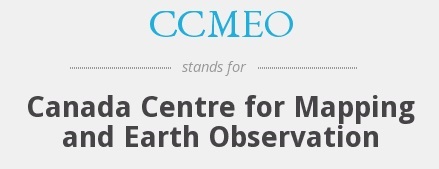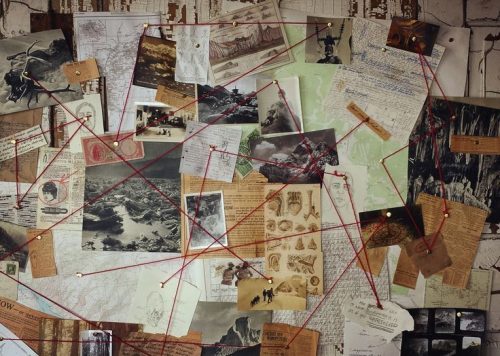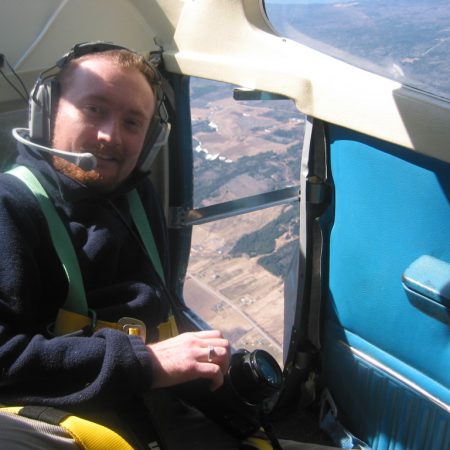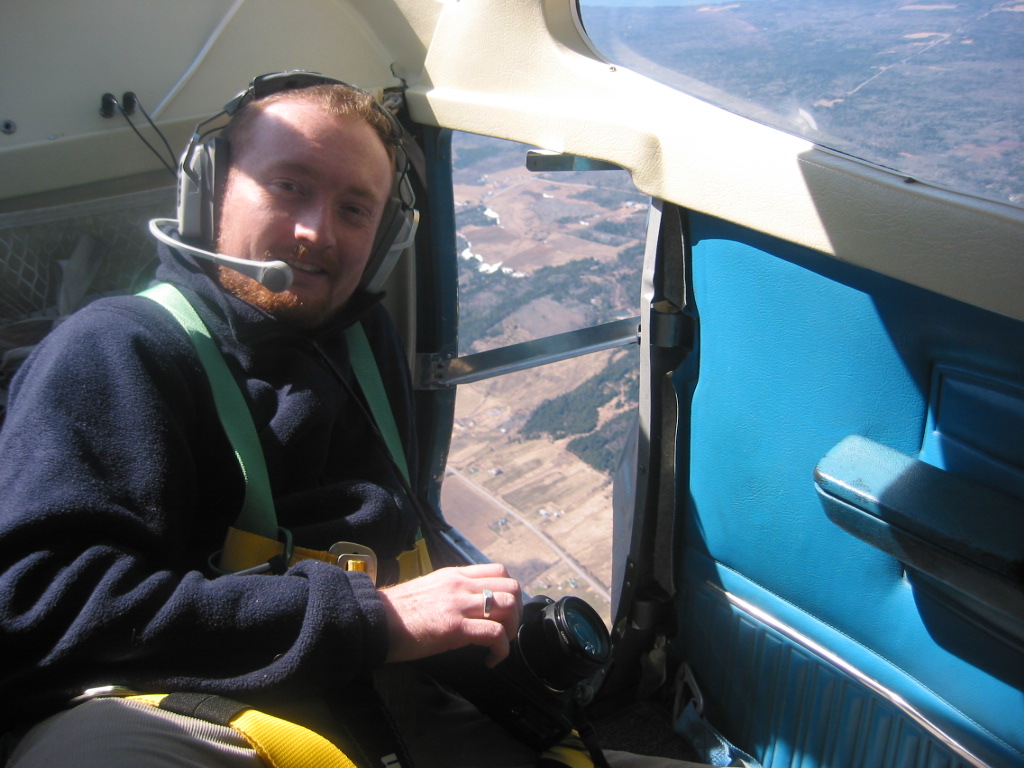Meeting the GIS & Geomatics Scientists, Specialists and Managers at the CCMEO
The Canada Centre for Mapping and Earth Observation (CCMEO) is the Government of Canada’s centre of excellence for geomatics, mapping and earth observations. –NRCan
I’m pretty sure my grade three teacher Mrs. Rathwell at Wakefield elementary told me not to use the same words to define something you were trying to describe. That’s just sound logic. The hilariously circular statement above is taken right off the NRCan website and seems a tad redundant, so let me take a stab at defining the Canada Centre for Mapping and Earth Observation that don’t break any of Mrs. Rathwell’s rules.
For the majority of Canadians, even those of us who work as geomatics specialists, it is hard to get a read on what the Canada Centre for Mapping and Earth Observation is.
Getting Definitive about Geomatics
I don’t think I would be too far off the mark if I described the CCMEO as the custodian, purveyor, and promoter of Canada’s essential geographic information. Consider for instance that much of the data you see on Google Maps started life as CCMEO base data. The roads, water, and forests you see on your phone’s app did not simply spring into existence but were processed by government bodies in Canada (federal departments and agencies, provinces, territories, and municipalities) to create uniform data models that we can all use and benefit from–just like Google did.
Over the past few months I’ve been learning about the data, people, and projects that the CCMEO manages on a daily basis. I’ve been writing about the people, data and projects within the CCMEO. In doing so, I’ve come to the realization that the CCMEO is so much more than maps despite the rather simplistic title. They are also much more than data or services.
The CCMEO is the culmination of a promise. The promise is an old one; perhaps the oldest there is. Individuals come together in order to pool resources and expertise to create, gather, and share resources for the betterment of the community.
I’ve talked with Prashant Shukle the Director General of the CMEO and he tells me he’s got around 230 people working at the CCMEO across 5 divisions. He also says that he’s looking to hire more. Now is a great time to join the team at the CCMEO, where you will find some of the best practitioners of the geomatics arts.
The CCMEO is made up of GeoBase, the Canada Centre for Remote Sensing, the Canadian Geospatial Platform, the Canadian Geospatial Data Infrastructure Division and the Business and Project Integrity office.
Next wave of #JobFair folks getting started. @NRCanJobs this is a popular event. Should have some presentation on the hiring process. For #federal #Government #jobs. #Forestry #mining #energy #canada pic.twitter.com/MX6FHZ5oZD
— GoGeomatics.ca (@GoGeomatics) April 19, 2018
The Service Providers for Geospatial Service Providers
The CCMEO in many ways is the service provider for geospatial service providers. You will find the same types of folks working at the provincial/territorial and municipal levels (visit the website for the Canada Council on Geomatics for more info on how they work together). They help create and manage our data; CCMEO is also an (gasp) enabler. They are the federal custodians of the location-based information that we need in order to complete our analysis, run our apps, and work with other groups in government such as the Surveyor General of Canada to provide the legal framework for property ownership by underpinning the geodetic system.
CCMEO also provides scientific and technological expertise. It’s all about using information to support decision-making related to location technologies for programs and services within the wider Government of Canada food chain. The CCMEO represents Canada in groups such as the United Nations, the Arctic Council, the Open Geospatial Consortium, and the North American Hydro Network.
New Challenges and Opportunities for Canada
The most challenging issues facing the CCMEO for 2018 and 2019 are the currency of the data they manage. Some datasets are 40 years old. As well the CCMEO has an issue with capacity. This challenge has three parts: first is the money. The CCMEO needs to have enough capital to operate and support the expansion of geospatial data necessary to enable innovation like smart cities and smart communities. Location data underpins all future progress in these endeavours. Second is the IT infrastructure supporting data and projects. The CCMEO needs to innovate and invest in its tech. Thirdly, with the baby boomers retiring there is pressure to get the next generation of geomatics specialists and data managers into cube farms.
After researching this series of articles, the perception I have of this group of people working together for the benefit of us all is very strong. The more I explore and talk to the men and women working in the CCMEO, I realize how much there is left to learn and share.
The CCMEO story is Canada’s Geospatial story
I’ve only scratched the surface of the CCMEO story. Coming up we will have stories on the efforts of the CMEO to support what might be the most innovative and transformative changes about to take place globally. The entire geomatics community in Canada is going to start hearing more about smart cities and smart communities all supported through an Internet of Things (IOT). Canada is the birthplace of GIS and a foundation of location technology, and throughout its history and under many names the CCMEO has led the innovation in Canada’s location technology and remote sensing sectors. For example, the CCMEO is delving into the use of Artificial Intelligence, and more real time data collection and analytics through the use of technology like our own data cube. There are also the new technologies and data sets being produced like the circular polarization on RADARSAT and the open data initiatives the CCMEO is championing. The list of useful projects and activities goes on and on.
This series continues to explore the work of the CCMEO as the leaders of geospatial information in Canada. The CCMEO sits at the heart of Canada’s geospatial science story.
What I’m getting at is that the CCMEO’s story is not even close to being finished.
This is a list of the jobs @NRCanJobs is hiring for today in #ottawa. With many retiring in the public service #canada is looking for talent #Engineering #landsurvey #geomatics #mapping #bigdata #earthobservation #JobFair @CanadianGIS @DaveAtCOGS @bcit_gis @sait pic.twitter.com/oHwrkkQQEq
— GoGeomatics.ca (@GoGeomatics) April 19, 2018








